Marcio Kogan’s modernist rooftop gym in São Paulo
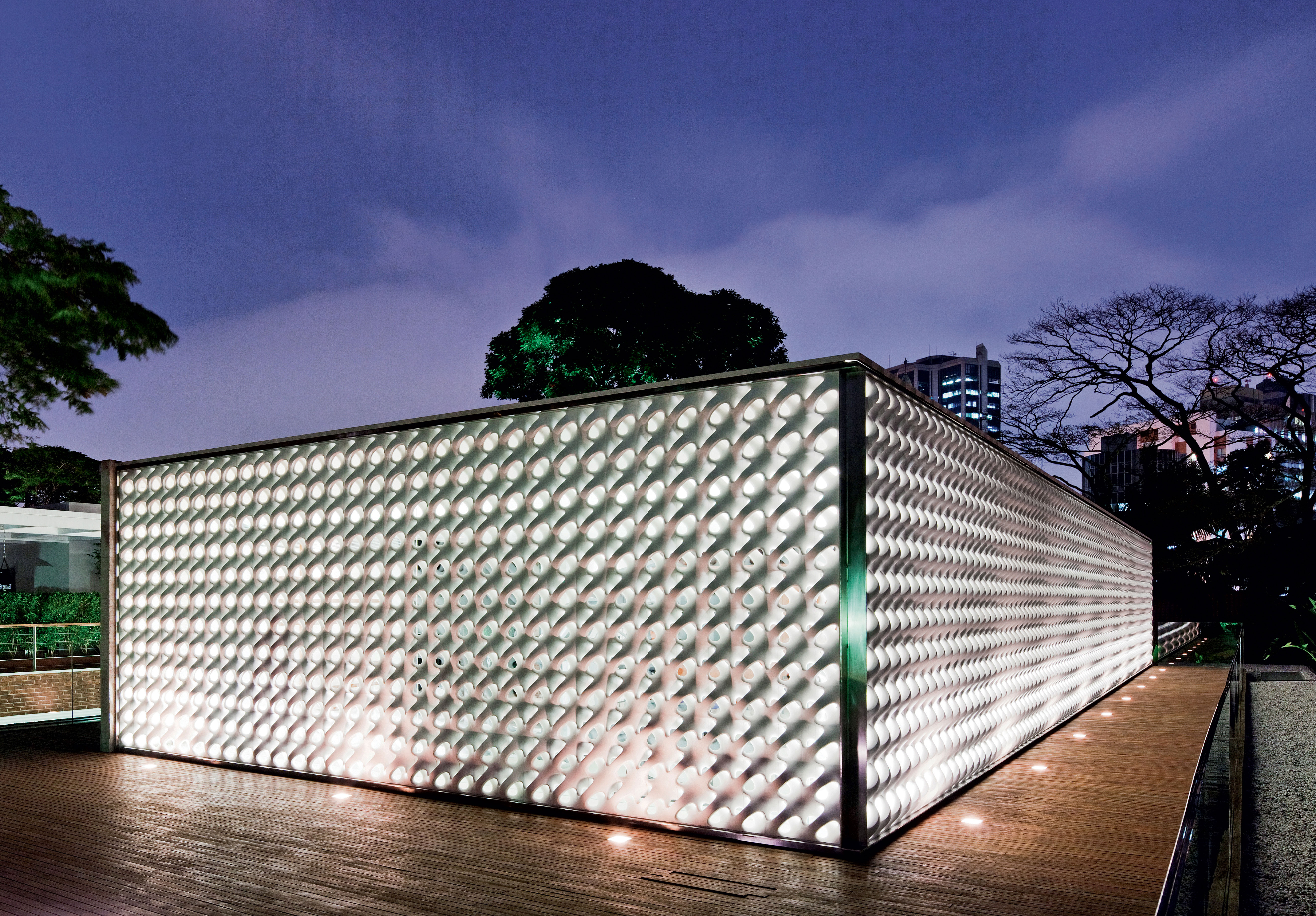
The rooftop gym is the crowning glory of a private house and is clad in a screen that echoes the perforated wall compositions of north-eastern Brazil. These latticework brick façades date back to the 1920s, and became a defining characteristic of the newly created capital of Brasilia in the 1960s.
Close to Ibirapuera Park, in São Paulo’s affluent Jardins neighbourhood, Cobogó House sits in a tranquil plot. Designed by celebrated local architect Marcio Kogan, the house features his signature long, low yet dramatic volumes and tastefully appointed rich, warm materials that add sensuality to what could have been a cold study in modernism. Carefully chosen furniture and artworks add another layer of luxury and sophistication, but it is the rooftop that steals the show. Each of Kogan’s works has a distinguishing element, and Cobogó is no exception.
In a project like this, one might expect the top floor – and its incredible views – to be allocated to the master suite, or even a private office. In this case, the owner demanded to top the house with a private gym, a room typically tucked away in a basement. The result is a long, minimal box, enclosed in glass behind an intricate screen that filters the daylight, creating an elegant pattern that slowly evolves of the course of the day.

The panels surrounding the rooftop gym diffuse light, creating elegant patterns that evolve during the day – and can be watched whilst resting on a lounge chair by Richard Schultz.
If the screen panels look familiar, they should. The pattern is a classic, designed for interior application by the Austrian-born, Connecticut-based sculptor Erwin Hauer in the 1950s, and it recently featured as a prominent part of the lobby at New York’s Standard Hotel. Kogan spent more than a year with Hauer and his design partner Enrique Rosado to adapt the panels, originally fabricated in gypsum, for exposure to the elements. In the end, the pattern was achieved with pour-formed concrete, painted white. The screen recalls the cobogós (perforated wall compositions used as a brise-soleil) of north-eastern Brazil, hence the house’s name. The ornate hollowed bricks diffuse light while allowing ventilation, making them perfect for the climate.
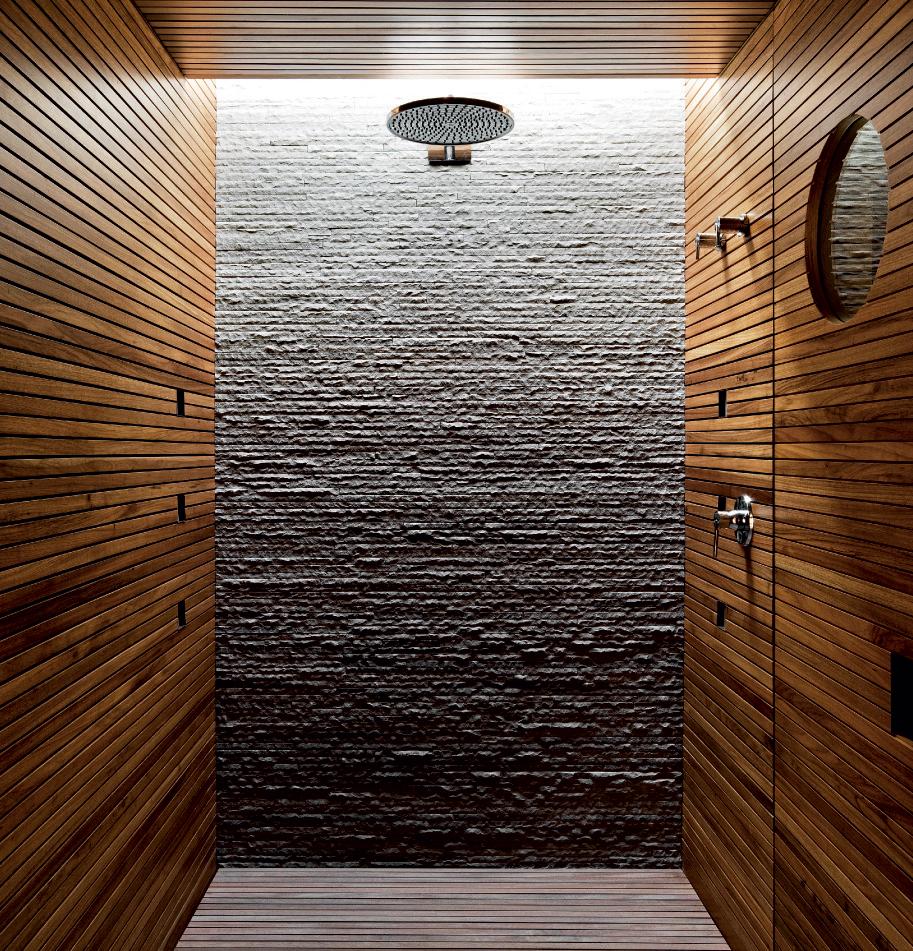
The space sports a luxurious bathing area with two saunas.
The gym features everything from a state-of-the-art surround sound system to a luxurious bathing and changing area with two saunas. On the hi-tech, impact-resistant, vinyl-tiled floor sits a collection of Life Fitness machines, adding sporty finesse to an environment peppered with iconic pieces of furniture. A chaise longue by Richard Schultz or a ‘Slow’ chair by Ronan and Erwan Bouroullec ensure there will always be a stylist place to rest during a difficult training session. On the terrace, Paola Lenti’s lounge chairs are best enjoyed when the work out is complete.
As private gyms go, it is hard to match this facility’s lofty location and feel. The gym’s centre-stage position and simple yet memorable light effect produce a training experience to remember – just enough to get anyone in shape for the nearest Brazilian beach. §
As originally featured in the June 2012 issue of Wallpaper* (W*159)
INFORMATION
For more information, visit the Marcio Kogan website
Receive our daily digest of inspiration, escapism and design stories from around the world direct to your inbox.
Scott Mitchem is one of the longest-tenured Wallpaper* contributors, joining the team in 1999 after attending Purdue University and moving to New York City from his hometown of Chicago. He started as an editorial associate, later served as Brazil Editor-at-Large while living in São Paulo, and is currently a contributing editor based in Miami. Scott covers design, architecture, travel, and all things Brazil while working as an executive in design and real estate development and working towards a Master’s Degree at Georgetown University. He has written for many other publications and was one of several authors who recently contributed to The Architecture of Studio MK27, a book by Rizzoli chronicling the history of the acclaimed Brazilian architecture studio founded by Marcio Kogan.
-
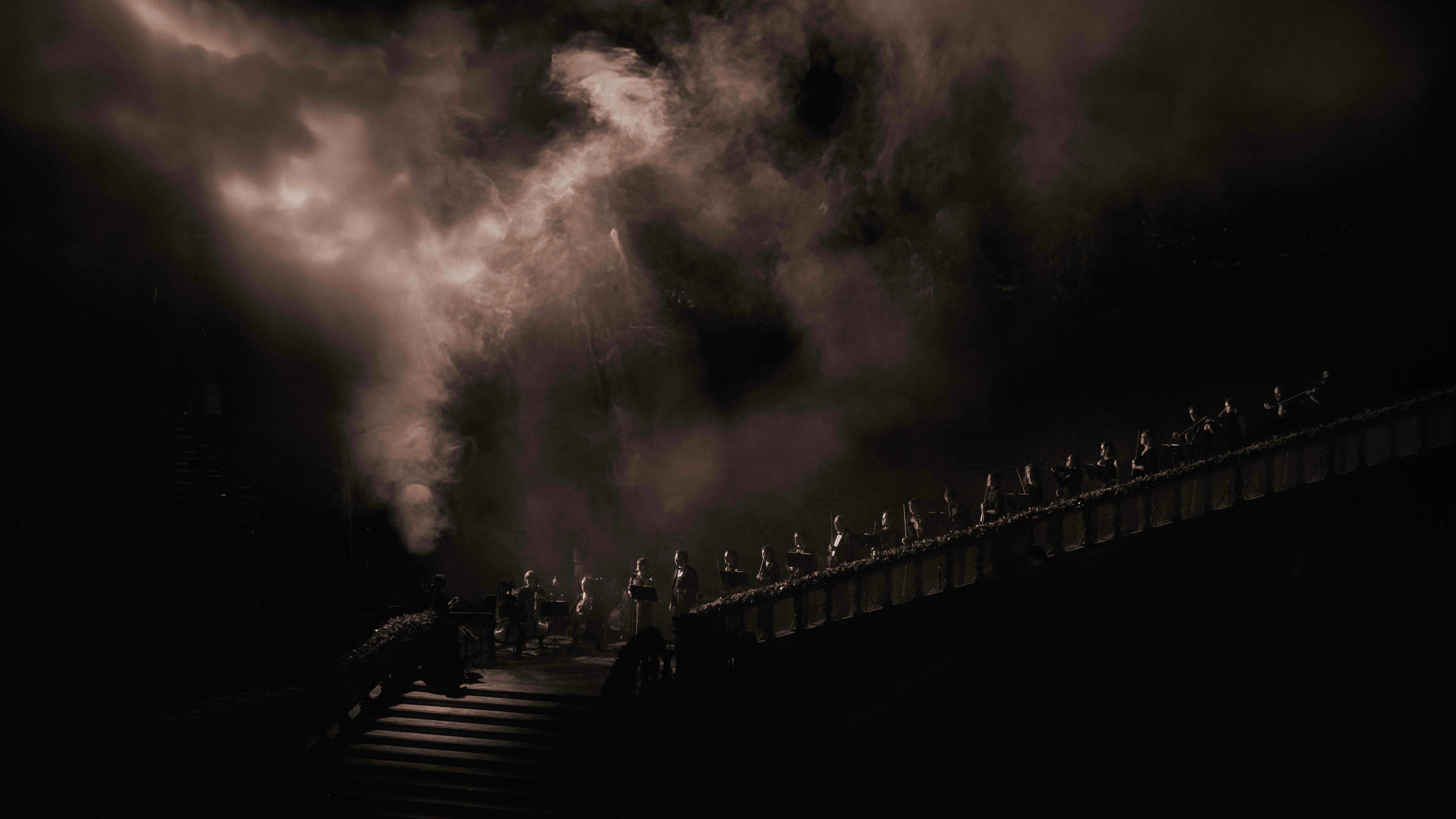 Alexander Wessely turns the Nobel Prize ceremony into a live artwork
Alexander Wessely turns the Nobel Prize ceremony into a live artworkFor the first time, the Nobel Prize banquet has been reimagined as a live artwork. Swedish-Greek artist and scenographer Alexander Wessely speaks to Wallpaper* about creating a three-act meditation on light inside Stockholm City Hall
-
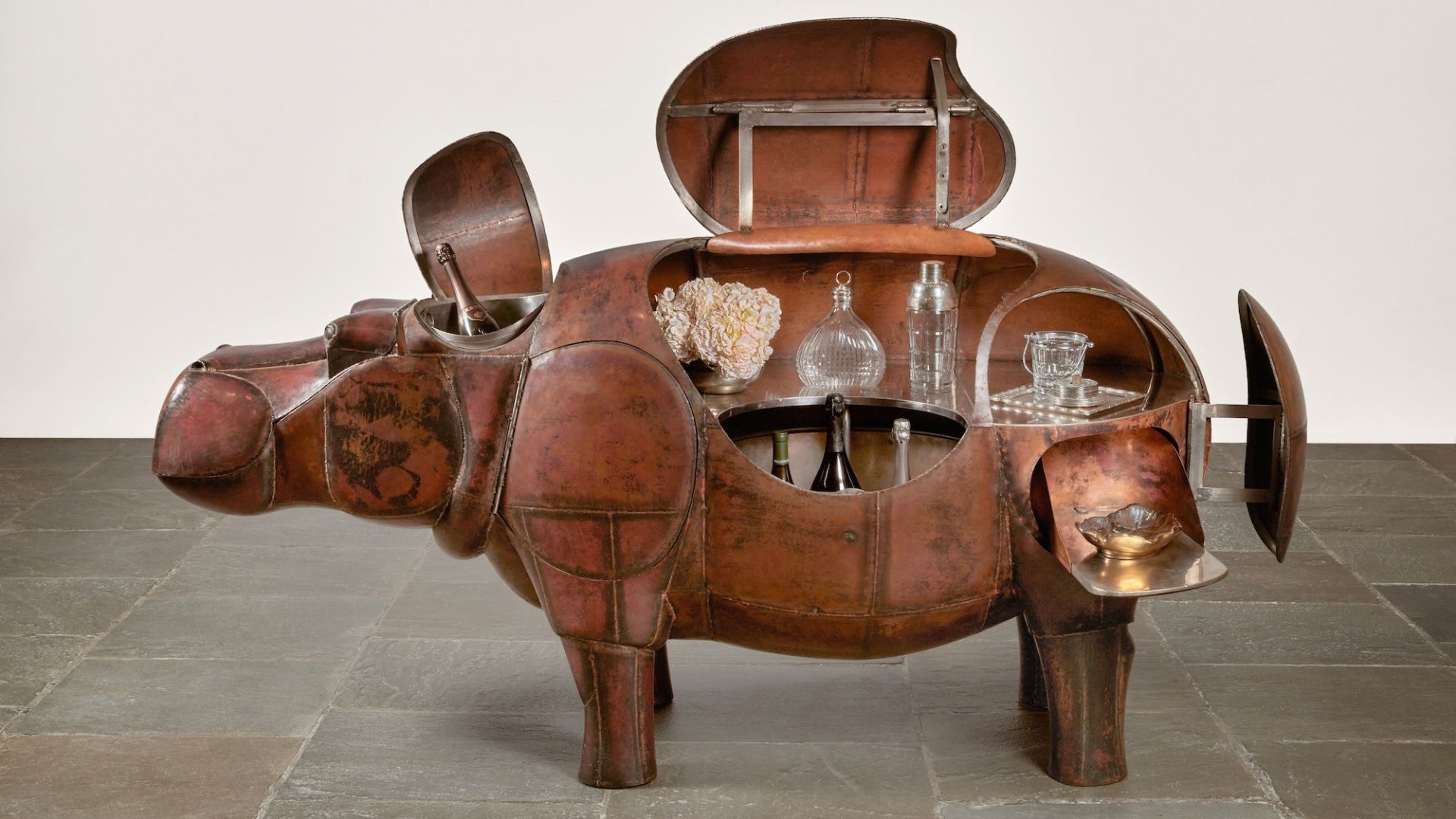 At $31.4 million, this Lalanne hippo just smashed another world auction record at Sotheby’s
At $31.4 million, this Lalanne hippo just smashed another world auction record at Sotheby’sThe jaw-dropping price marked the highest-ever for a work by François-Xavier Lalanne – and for a work of design generally
-
 NYC’s first alcohol-free members’ club is full of spirit
NYC’s first alcohol-free members’ club is full of spiritThe Maze NYC is a design-led social hub in Flatiron, redefining how the city gathers with an alcohol-free, community-driven ethos
-
 The Architecture Edit: Wallpaper’s houses of the month
The Architecture Edit: Wallpaper’s houses of the monthFrom wineries-turned-music studios to fire-resistant holiday homes, these are the properties that have most impressed the Wallpaper* editors this month
-
 A spectacular new Brazilian house in Triângulo Mineiro revels in the luxury of space
A spectacular new Brazilian house in Triângulo Mineiro revels in the luxury of spaceCasa Muxarabi takes its name from the lattice walls that create ever-changing patterns of light across its generously scaled interiors
-
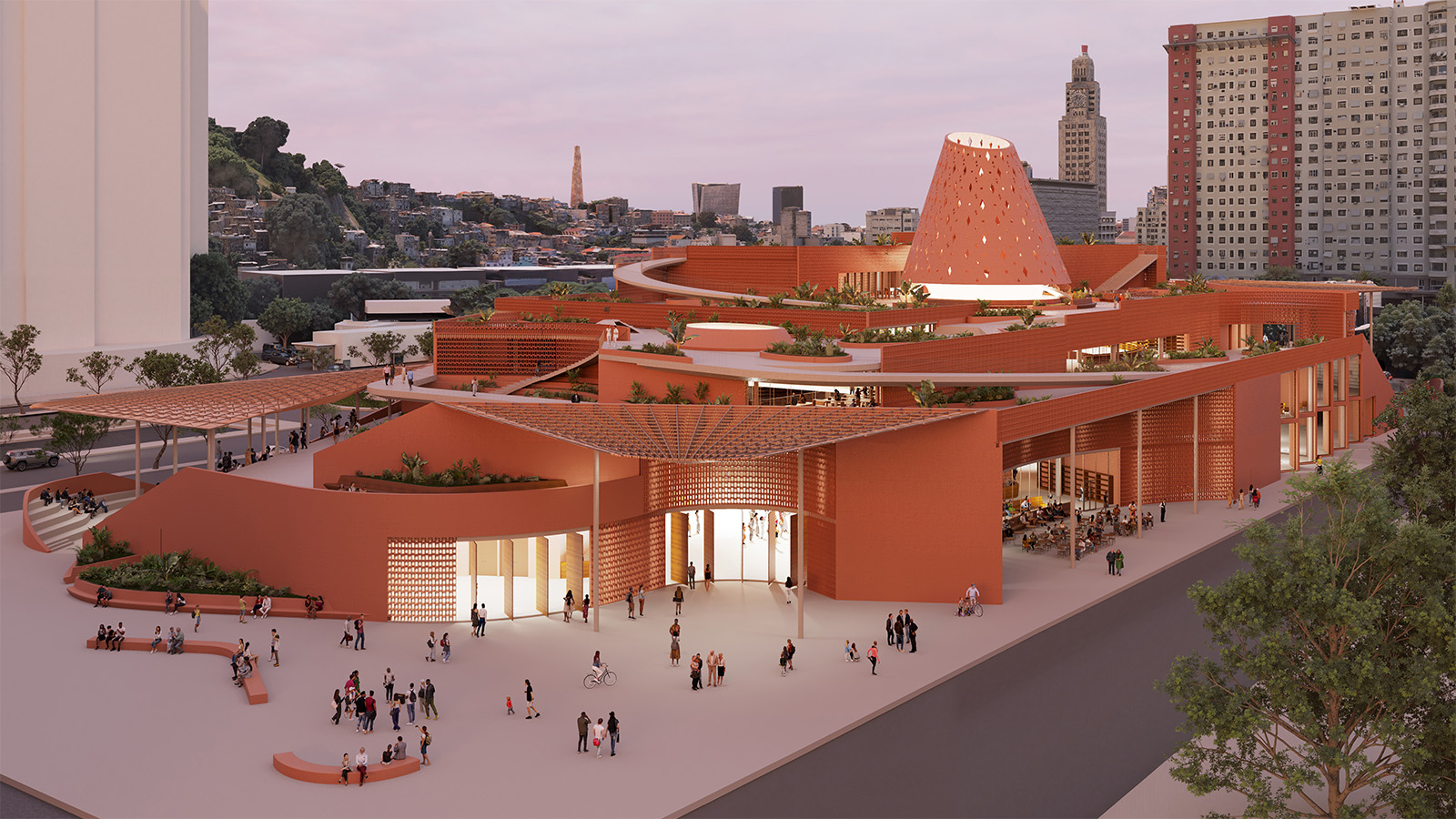 An exclusive look at Francis Kéré’s new library in Rio de Janeiro, the architect’s first project in South America
An exclusive look at Francis Kéré’s new library in Rio de Janeiro, the architect’s first project in South AmericaBiblioteca dos Saberes (The House of Wisdom) by Kéré Architecture is inspired by the 'tree of knowledge', and acts as a meeting point for different communities
-
 A Brasília apartment harnesses the power of optical illusion
A Brasília apartment harnesses the power of optical illusionCoDa Arquitetura’s Moiré apartment in the Brazilian capital uses smart materials to create visual contrast and an artful welcome
-
 This modernist home, designed by a disciple of Le Corbusier, is on the market
This modernist home, designed by a disciple of Le Corbusier, is on the marketAndré Wogenscky was a long-time collaborator and chief assistant of Le Corbusier; he built this home, a case study for post-war modernism, in 1957
-
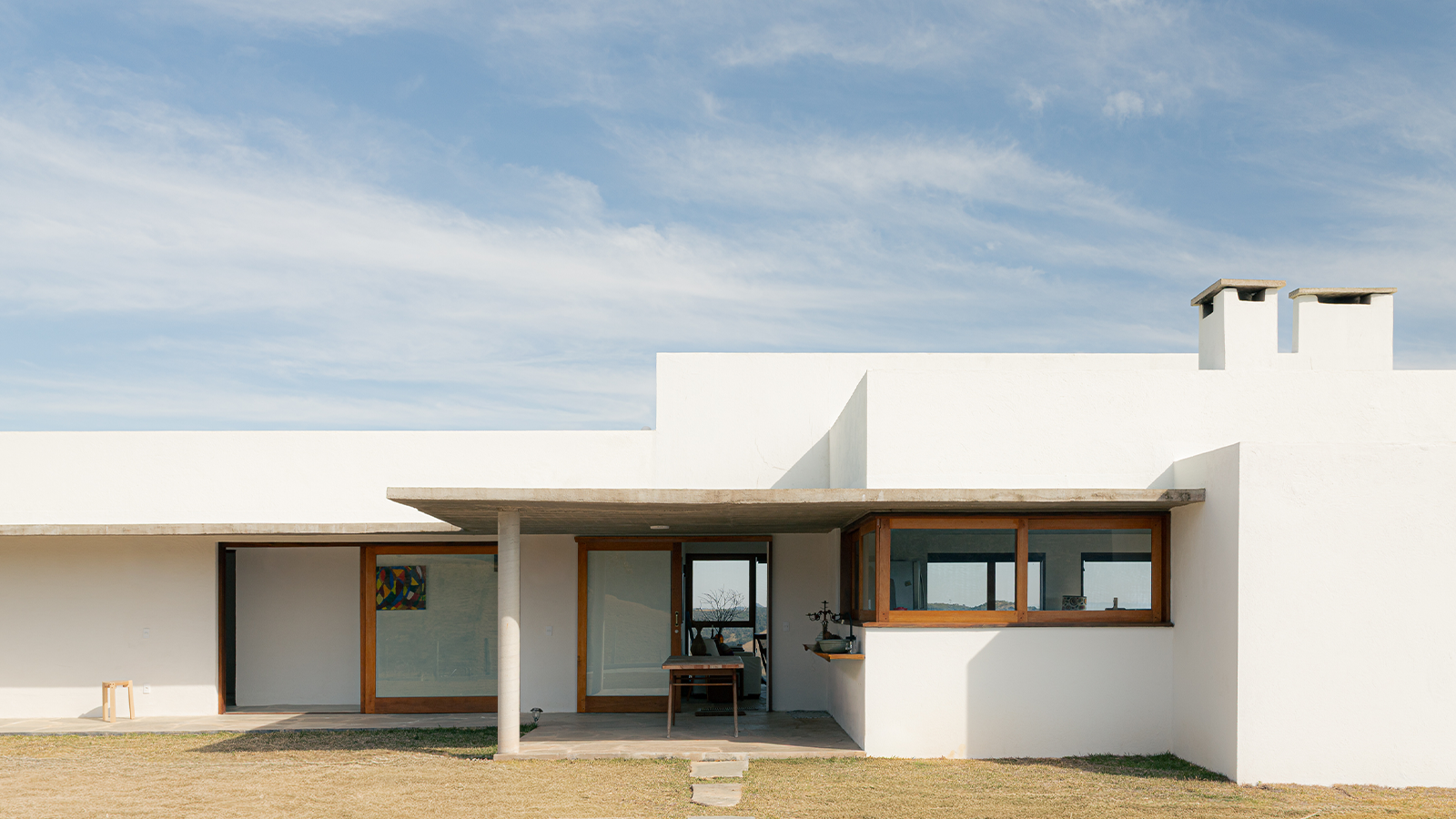 Inspired by farmhouses, a Cunha residence unites cosy charm with contemporary Brazilian living
Inspired by farmhouses, a Cunha residence unites cosy charm with contemporary Brazilian livingWhen designing this home in Cunha, upstate São Paulo, architect Roberto Brotero wanted the structure to become 'part of the mountains, without disappearing into them'
-
 Louis Kahn, the modernist architect and the man behind the myth
Louis Kahn, the modernist architect and the man behind the mythWe chart the life and work of Louis Kahn, one of the 20th century’s most prominent modernists and a revered professional; yet his personal life meant he was also an architectural enigma
-
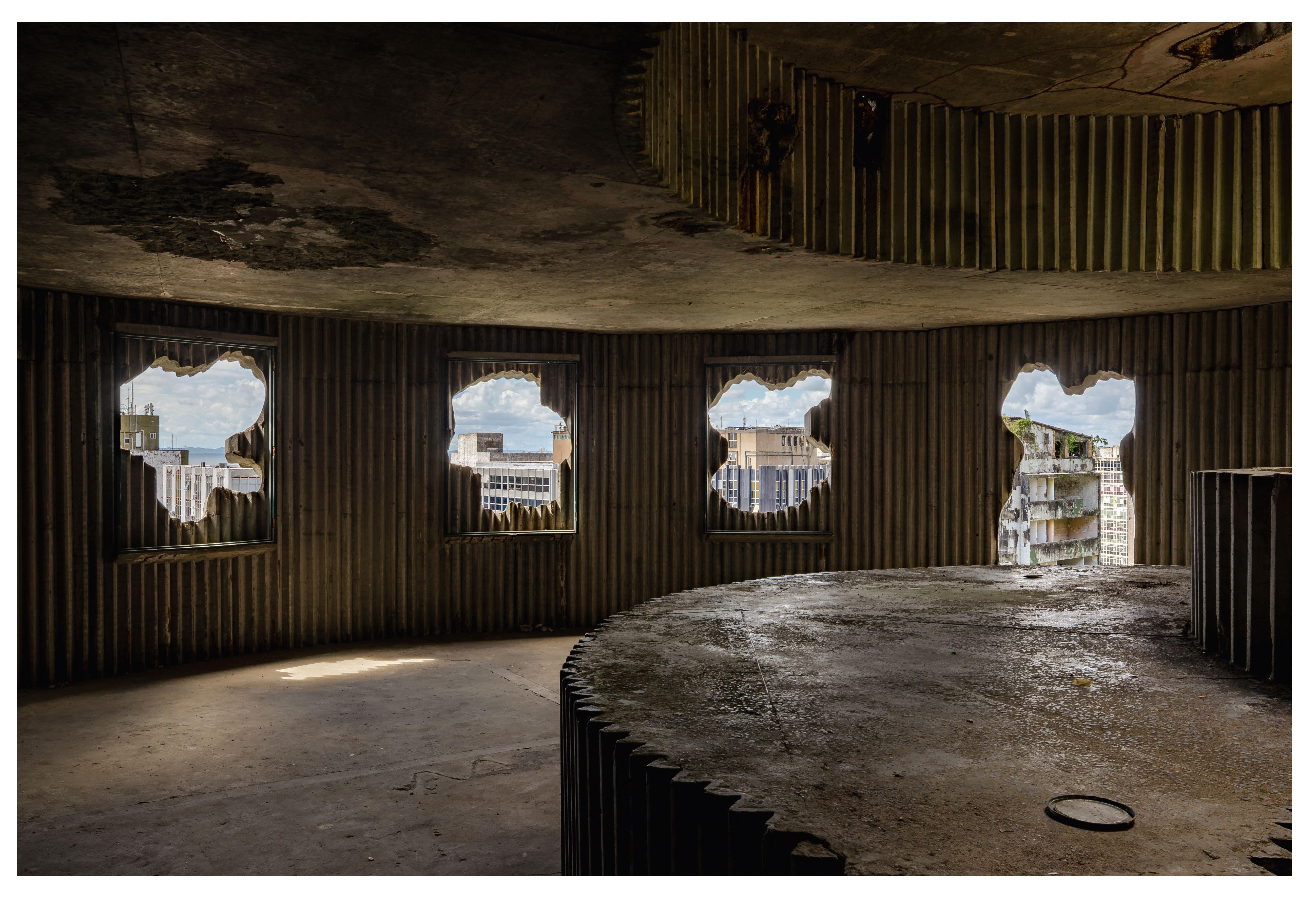 Arts institution Pivô breathes new life into neglected Lina Bo Bardi building in Bahia
Arts institution Pivô breathes new life into neglected Lina Bo Bardi building in BahiaNon-profit cultural institution Pivô is reactivating a Lina Bo Bardi landmark in Salvador da Bahia in a bid to foster artistic dialogue and community engagement